Car Behavior
Car Protocol
Some dogs may feel anxiety or become over excited even fearful in and around the car. Your dog may experience motion sickness or car sickness.
Creating a calm environment in your vehicle may take some practice however it will definitely be worth it. Below are instructions to create the highest safety standards for your dog while traveling.
First establish a place for your dog in the car. For small dogs this might be a booster seat and for large dogs this may be a seat cover or bed. Your lap is not an ideal place to keep your dog while traveling. You may however want to use a crate instead.
Booster seat option - https://a.co/d/1qhGkj0 I like this option because it is durable and will not break apart like a foam seat will
Seat cover option - https://a.co/d/0uAaXAV this item is similar to what I currently have
Next, fit your dog with a safety rated harness and connect the harness to a tether and buckle him or her in their spot.
Safety rated harness - https://a.co/d/dpO6VyJ this is the harness that I have for my dogs
Now, let’s discuss conditioning calm behavior in the car. Cue your dog to sit and or down with duration while in their spot in the car and reward for calm behavior for a few minutes of time daily for 1 week. You don’t need to drive during this step. The goal is to get your pup comfortable with being in their spot in the car. At first reward every 3 to 20 seconds and increase duration between rewards the more comfortable they become.
When you are finished practicing, cue your dog to sit and unbuckle the safety harness or crate, give the release cue. I use okay for this cue however you may use your own release word. For larger dogs they may jump out of the vehicle but for small dogs you may want to pick up and set him or her on the ground. Cue your pup to sit with duration again so that your dog keeps calm and you can close the vehicle door, grab your things, etc. If your dog is not calm wait for them to calm down before removing from the car.
Once your dog seems comfortable repeat this activity with a partner and drive around the block. Does your dog remain calm? Calm behavior would look like sitting and watching out a window, laying down, being quiet and breathing normally. Some excitement is okay however we want to reduce any over excited behaviors or stress. If your dog is calm, longer drives are okay at this point.
If your dog is not calm break the above steps into smaller achievable goals. This could look like turn the car on and then off and rewarding your dog and repeating this step until your dog is calm. It may be pulling out of the driveway or garage first and repeating this step while giving high value rewards. Once your dog is calm and comfortable then take a small drive. If you are still having trouble give Denae a call for assistance.
If your dog is doing well in the car, take him or her to a fun happy place. Maybe a park, a coffee shop for a pup cup or a store that allows dogs.
If the above steps are not working, your dog may be experiencing higher levels of stress or experience motion sickness. Let’s chat about that in more detail.
What does stress in the car look like?
Stress can look like whining, barking, jumping and pacing around. You may see your dog panting heavily or cowering. Some dogs may vomit or try to get to you and in your lap for safety.
What is car or motion sickness?
The symptoms can also look like stress, pacing, whining, excessive drooling, smacking or licking lips, lethargy or inactivity, vomiting or defecation.
Protocols for motion or car sickness
Daisy my first rescue gets motion sickness in the car. She doesn’t throw up anymore but I do see signs of stress. Here is how I manage Daisy’s stress in the car.
I have set up the booster seat next to a window and I drive in the slow lane with the window down. The dogs love this! Fresh air can help a dog with motion sickness.
Of course, on long road trips and on the highway I never leave the window down so what do I do? I use peppermint oil on the car seat protector every time Daisy gets in the car. Just a few drops and this helps her a lot.
Sometimes I use Licks Pill Free Solutions - https://www.lickspillfree.com/shop/dog-zen
This generally works well for Daisy however some cases of car sickness may be more extreme. Try the above exercises and products first. It is best to try the least intrusive methods first.
Additional tips:
Exercise your dog 20 minutes before the car ride
If peppermint oil doesn’t work try lavender or a pheromone calming spray
Reduce visibility
Bring a comforting item like a toy or blanket
Play soft soothing music
Stay calm yourself
Thundershirt
Talk to your trainer or vet if the above steps aren’t helping a prescription may be needed
Finally, never leave your dog in the car unattended in extreme weather.
I hope these protocols and conditioning tips help your dog to be calm inside the car. If you need further assistance please contact me. I am always happy to help.
Note: Some links are affiliate links but not all.
